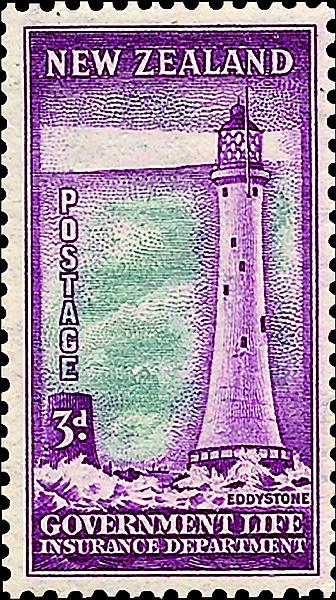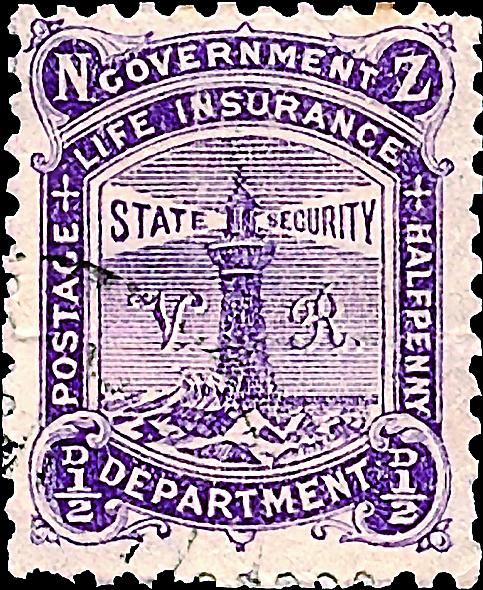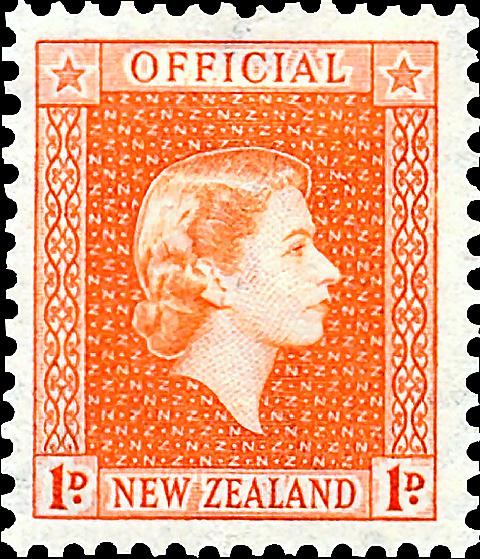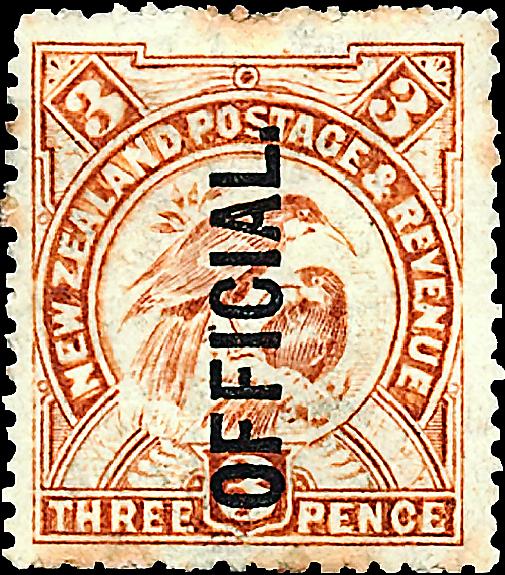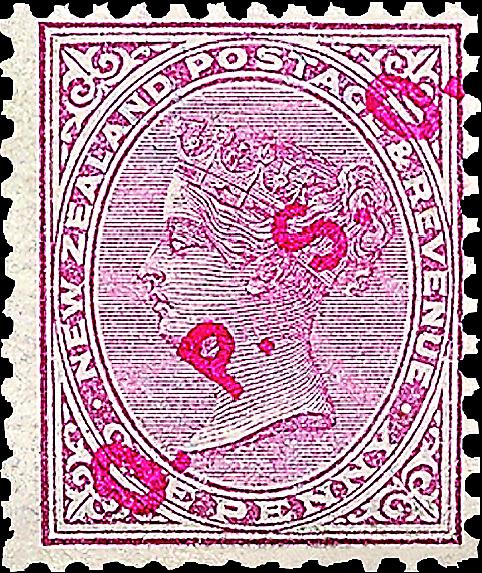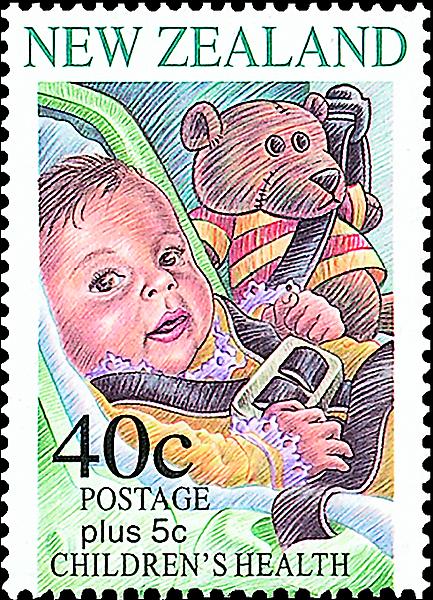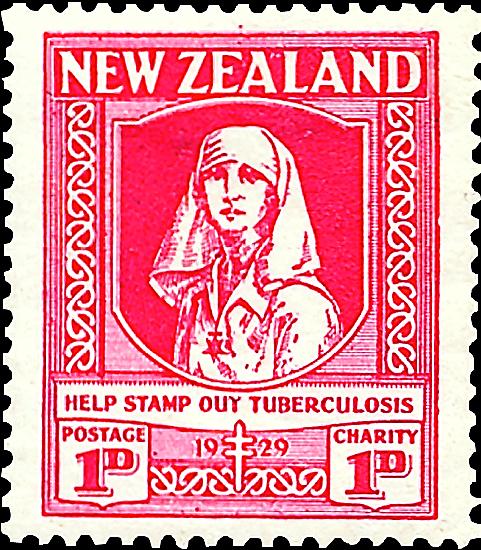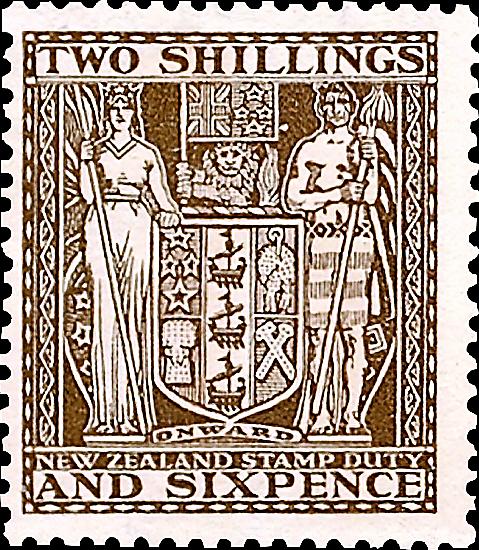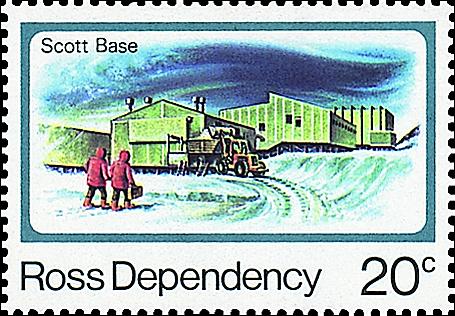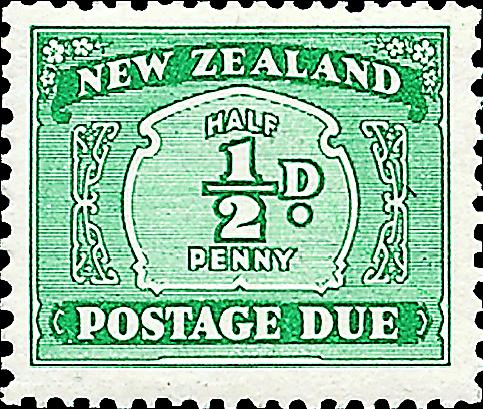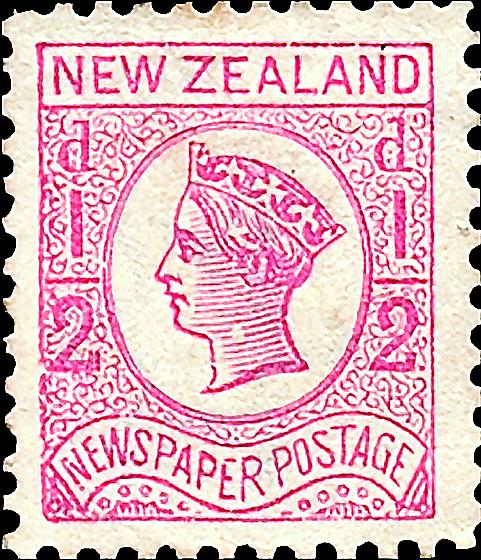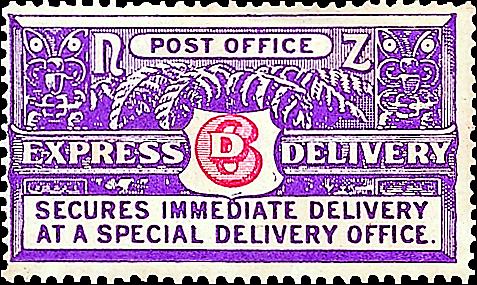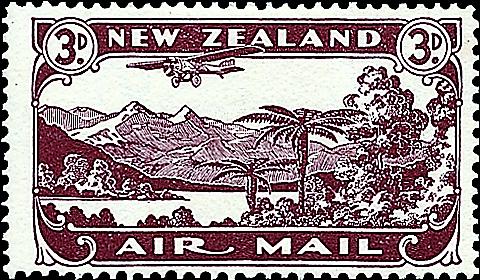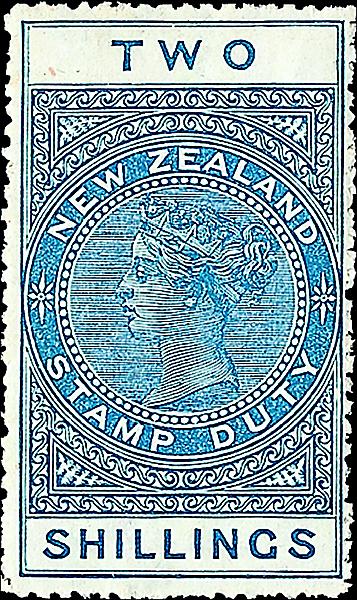World Stamps
Stamps Down Under: Collect back-of-the-book stamps of New Zealand
New Zealand issued its first postage stamp in 1855, but in addition to postage stamps, there have been many other kinds of stamps that are equally as interesting and collectible.
Many of them are listed in the New Zealand section of the Scott Standard Postage Stamp Catalogue following the listings for regular postage stamps. These different types of stamps are commonly called back-of-the-book stamps.
Each type of stamp in the “back of the book” has one or two letters as a prefix before the catalog number. Learning what type of stamp matches each prefix is helpful knowledge when preparing a want list or buying stamps from a dealer.
Scott lists New Zealand back-of-the-book stamps with the following prefixes: AR for postal fiscal stamps, B for semipostal stamps, C for airmail stamps, E for special delivery stamps, J for postage due stamps, MR for war tax stamps, O for Official stamps, OY for life insurance stamps, P for newspaper stamps, and L for New Zealand’s Antarctic territory called Ross Dependency.
You might wonder what all of these types of stamps do. Let’s review them one at a time.
The postal fiscal stamps with the AR prefix are stamps that can be used for revenue purposes as well as for postage.
When used as a revenue stamp, the stamp’s denomination has paid for some kind of governmental service, such as deed or stock transfers, taxes on imported goods and so on.
New Zealand issued revenue stamps in many denominations, but only the higher denominations of 1 shilling or more were permitted to be used as postage stamps.
The first New Zealand postal fiscal stamp was a 2sh denomination bearing a portrait of Queen Victoria and issued in 1882 (Scott AR1). This same design was in use through 1925.
In 1931, a new postal fiscal design was released bearing the New Zealand coat of arms (Scott AR48). When used as postage, these stamps bear standard New Zealand postmarks. When used as revenue stamps, the earlier stamps usually have pen cancels, and the later ones have a revenue cancel.
The revenue-canceled stamps are usually (but not always) less expensive and easier to acquire.
New Zealand has issued many semipostal stamps. These have a prefix of B in the Scott catalog. Semipostals have a dual purpose. They cover the cost for carriage of mail, but there is also an additional fee that constitutes a donation for charitable purposes.
New Zealand’s first semipostal was issued in 1929 to raise money to fight tuberculosis.
The following year a very similar stamp was issued with the line of text below the vignette of the nurse changed from “help stamp out tuberculosis” to “help promote health.”
Each of these stamps has a 1-penny denomination that paid for postage with an additional 1d added for the charity.
Over time, the semipostal stamps of New Zealand were dedicated to raising money for children’s health, or to be more specific, for running children’s health camps.
The health camps have changed with the times, providing many more social services for children and families.
New Zealand still issues semipostal stamps, and the 10¢ surcharge now goes to Stand Children’s Services Tu Maia Whanau.
The most famous of New Zealand’s semipostals was an error stamp issued in 1996 that showed an infant in a car seat with a teddy bear strapped into the seat next to the baby.
At the last minute, a decision was made to change the design by removing the teddy bear so that the baby did not appear to be facing forward, which breaks safety rules.
The teddy bear stamps were withdrawn but some got into collectors’ hands. Further, there are two varieties, one with water-activated gum and standard perforations (Scott B154), and another with self-adhesive gum and serpentine die cuts in place of perforations (B155).
Many nations’ governments use Official stamps on their mail. Official stamps have an O prefix in the Scott catalogs.
New Zealand’s first Official stamps were issued in 1892. They were standard postage stamps of the period overprinted “O.P.S.O.”
The initials stand for “On Public Service Only.” This meant that the stamps could only be used for government business.
In 1907, Official stamps were still overprinted standard postage stamps, but the overprint read “OFFICIAL.”
Several different types of “Official” overprints were employed until 1954, when stamps featuring a portrait of Queen Elizabeth were created specifically for Official mail.
An unusual type of Official stamp was issued for use by the Government Life Insurance Department. The Scott numbers for these stamps have an OY prefix.
According to New Zealand Post, these stamps were initially restricted to mail posted by the insurance office for delivery in New Zealand.
In 1969, this restriction was relaxed to allow such mail to be posted overseas.
The first Government Life Insurance stamps were issued in 1891. They feature a lighthouse with Queen Victoria’s monogram.
In 1947, new designs were prepared for stamps in several different denominations, each one picturing a beautiful lighthouse scene.
Government Life Insurance stamps were withdrawn in 1989.
Special services stamps also find their way to the back of the book, even if they are postage stamps.
In the Scott catalog, airmail stamps are found directly after the semipostal stamps, using a C prefix.
New Zealand issued airmail stamps beginning in 1931 and ending four years later. After that, any stamps could be used for airmail service.
The first airmail stamp pictured an attractive image of a plane flying over Lake Manapouri.
New Zealand issued special delivery stamps, too. These follow airmail stamps in the Scott catalog and use an E prefix.
Only two special delivery stamps were issued, the first one, a 6d purple and red stamp (Scott E1), was issued in 1903. Its design was basic, relying on text more than images, but in the upper corners there are Maori carvings.
The final special delivery stamp, issued in 1939, shows a mail car speeding down the road. Finding these stamps on cover is an interesting challenge.
Prior to the advent of telegraphs, telephones, radios and television, and realizing that informed citizens make better citizens, New Zealand and many other countries issued stamps that could be used to mail newspapers at a reduced rate.
New Zealand’s three Scott-listed newspaper stamps (P prefix) were issued between 1873 and 1892. All are ½d stamps bearing the same image of Queen Victoria, with the differences being watermarks and gauges of perforation.
This same newspaper stamp was also overprinted “O.P.S.O.” to create the ½d Official stamp issued in 1891 (Scott O6).
Postage due stamps are not postage stamps, but they are found on letters and parcels. Think of them as bills for underpaid postage on the letter or package to which they are attached. Postage due stamps are listed in the Scott catalogs with a J prefix on the Scott number.
New Zealand used postage due stamps from 1899 until 1951, when they were discontinued. These, like most postage due stamps the world over, are purely functional in appearance.
The final New Zealand listing in the back of the book is for Ross Dependency. Its stamps have an L prefix attached to their Scott number. Ross Dependency is a region of Antarctica that is administered by New Zealand. Its Scott Base is a center for scientific research.
New Zealand began issuing stamps for Ross Dependency in 1957.
Ross Dependency stamps have been issued annually showing wildlife, historic exploration, science research, ships and landscape scenes.
For those stamp collectors who are looking for a country that can be completed on a modest budget, Ross Dependency is an excellent choice.
You can order the latest Ross Dependency stamps from New Zealand Post. The 2014 stamps are round and feature adorable penguins. The website is https://stamps.nzpost.co.nz/ross-dependency/2014/penguins-antarctica.
There is much to love in the “back of the book.” Don’t let the stamps with prefixes stop you.
MORE RELATED ARTICLES
Headlines
-
Postal Updates
Oct 7, 2024, 5 PMUSPS plans to raise postal rates five times in next three years
-
US Stamps
Oct 7, 2024, 3 PMMcMurtrie dismissed as APS education director following Sept. 21 arrest
-
US Stamps
Oct 7, 2024, 12 PMVasiliauskas named president of Mystic Stamp Co.
-
US Stamps
Oct 6, 2024, 5 PMApgar souvenir card available

